

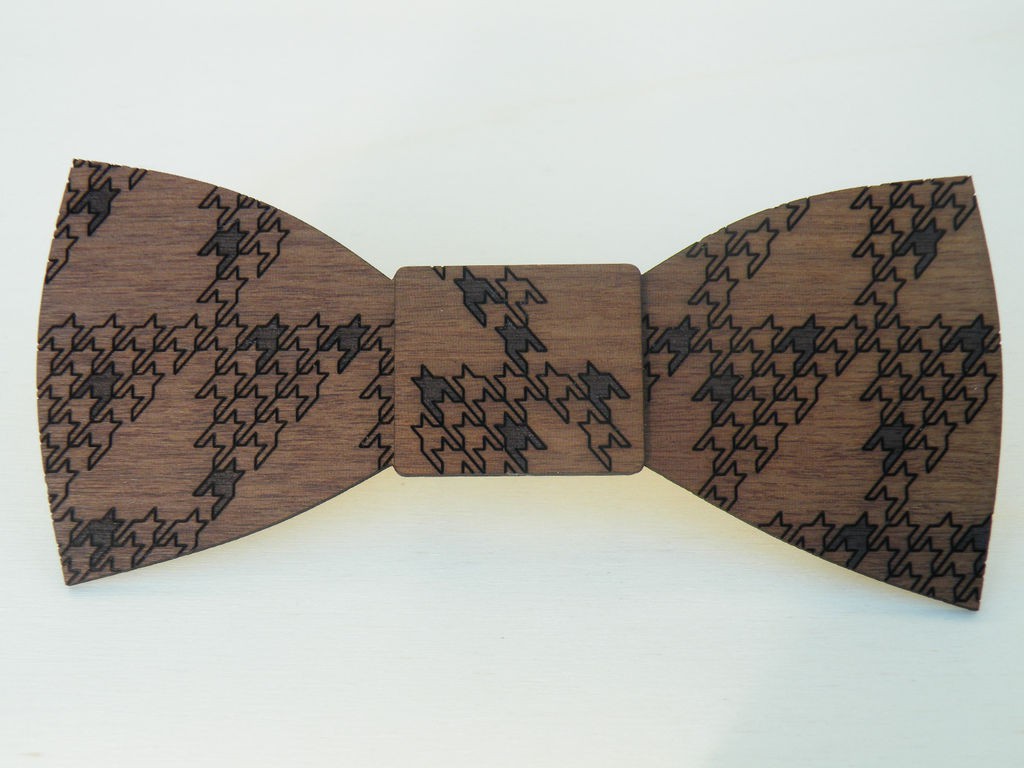
Browsing Twitter, I came across a comment about a laser cut, wooden bow tie.
It was quite nice. Not exactly as I would have made it, but worth thinking about. Within a couple of minutes, I got the same tweet sent to my by Canida. No comment, just... @KitemanX
That was it.
I've made a wooden bow tie, and now you can too.
Blame Canida.
Step 1: Materials

The original was made of walnut, and, by coincidence, I has some 2mm walnut veneer left over from another project.
I used a scrap of plywood for hidden fastenings, plus a length of wide elastic, some Velcro and some glue.
For finishing, I used Danish Oil.
You don't have to stick to these materials - the original is accented with cotton fabric, or you could use acrylic, plywood or even cardboard.
If you don’t have a laser cutter, there are companies that will do your laser cutting online and mail you the parts. Just upload the files, choose your materials and away you go. To make it even easier, I’ve created an uploadable file that has all the parts in it, to be cut from 3mm material. I’ve attached it to this step.
When you’re choosing your material, it’s interesting to see that Ponoko stock MDF with a printed pattern - if you choose one of those, you won’t need the engraving, so just edit the dogtooth pattern out of the files before you upload them. Depending which material you actually choose, the bow tie will cost you around $12. If you’re going this route, you can now jump right ahead to step 4.
Download Wooden Bow Tie 3mm P1 Ponoko Ready.svg
Step 2: Design
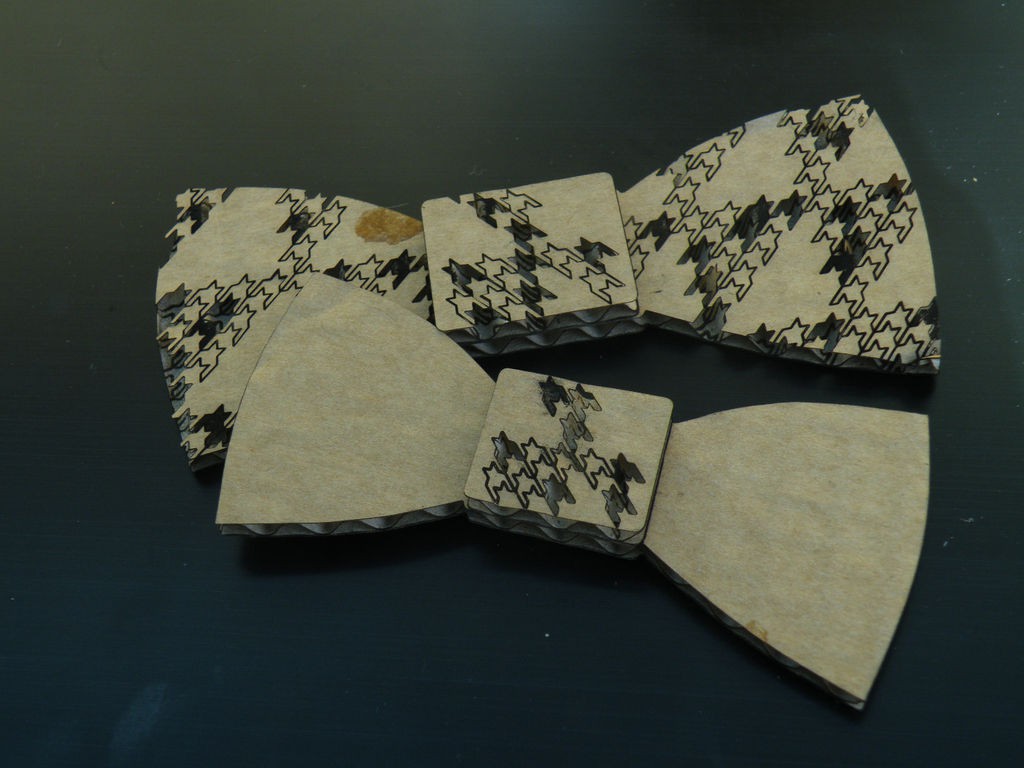
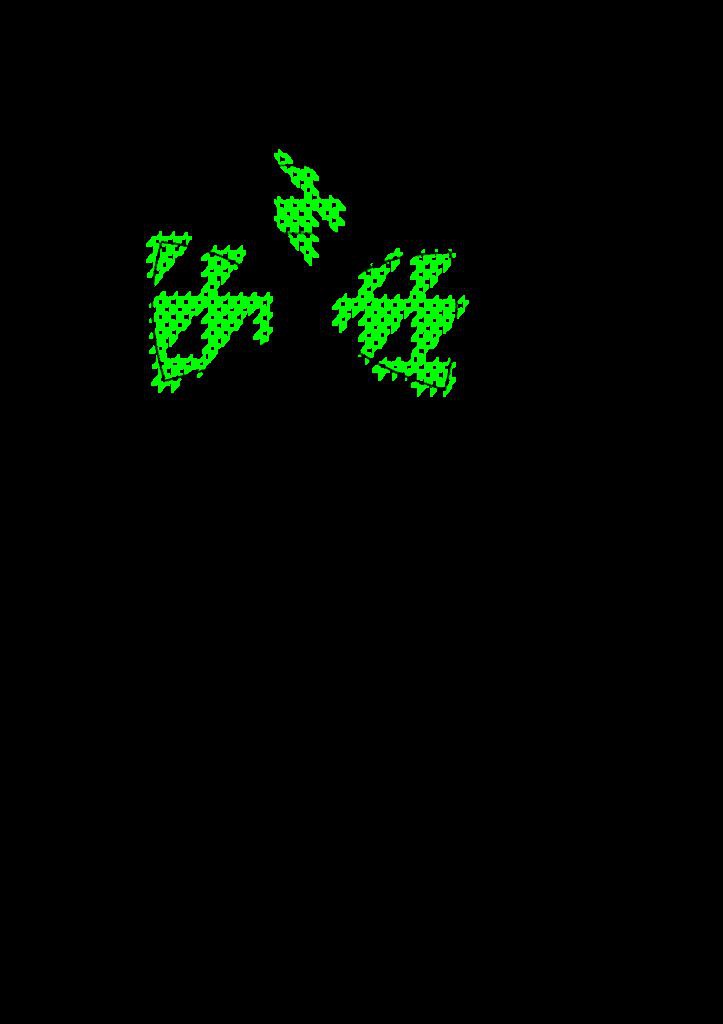
Well, I drew a bow tie in Inkscape and...
There's not a lot to say about the design process. I broke the bowtie down into three parts - the main bow, the knot and the fastenings. The bow and knot are cut from the walnut, the fastenings from 3mm plywood.
I decided that the walnut needed decorating as well, which I did using a dogtooth check pattern, with only some of the checks engraved. You can do what you like.
As usual, though, I have included the designs here, in as many formats as I can so that you can make your own.
One point, though - even if you stick completely with my design, you will need to re-size the bow tie. Cut it from card and try it for size before cutting from your final materials.
Download Wooden Bow Tie.dxf
Download Wooden Bow Tie.pdf
Download WoodTie.ecp
Step 3: Cutting
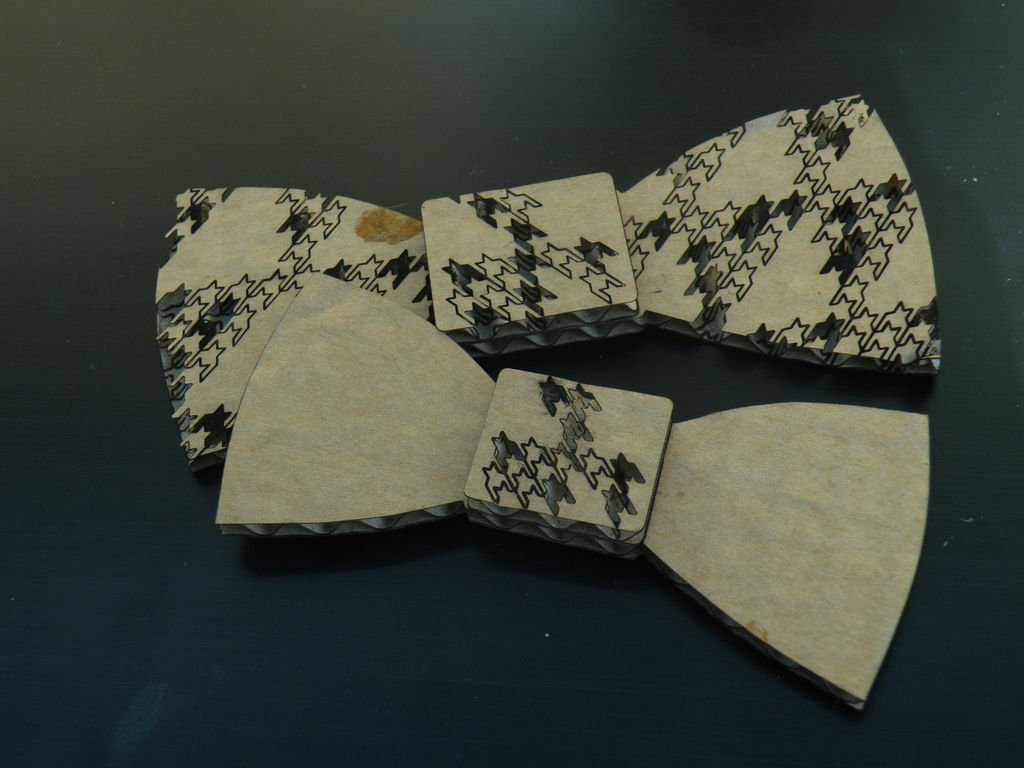
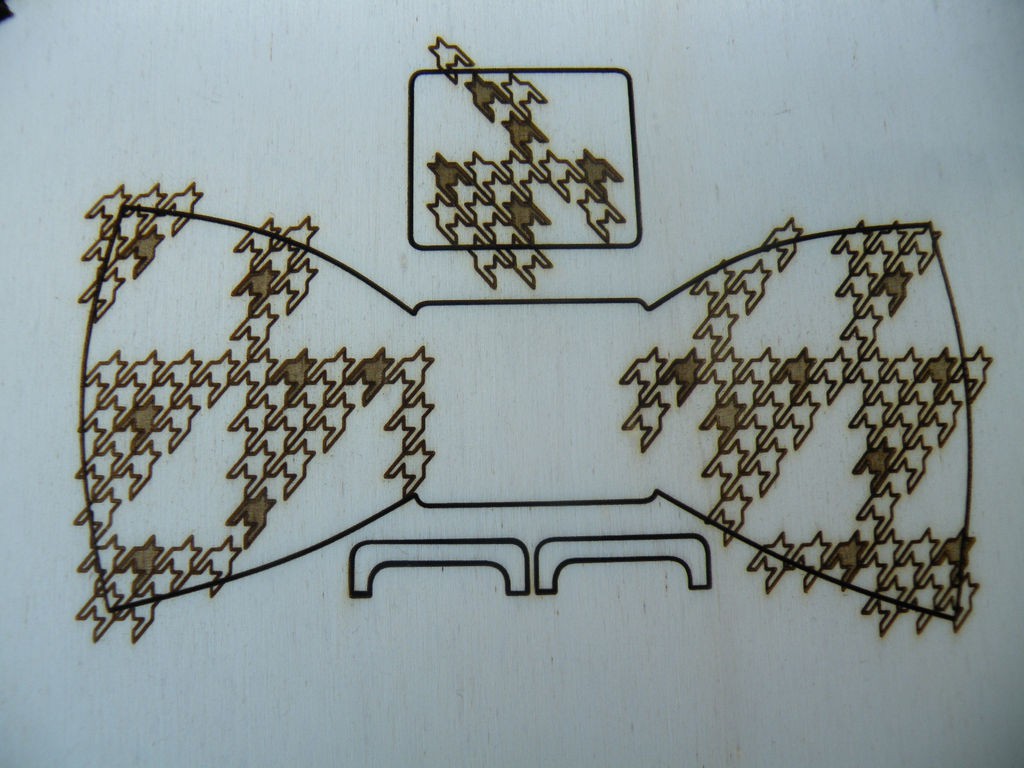
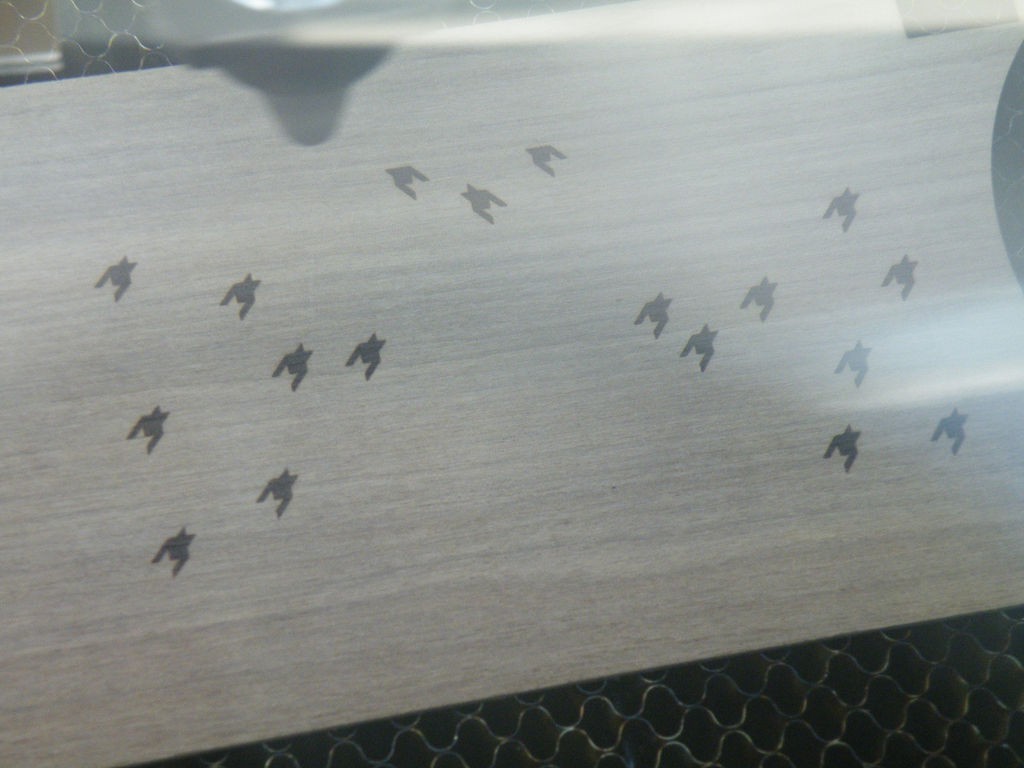
As I already mentioned, you should cut test pieces from card to try the tie for size.
Compared to just cutting or etching, engraving parts of the design slows down the process - where the outline cut is under a minute, adding the engraving gave me time to have a coffee as it worked.
If you can, do a small test-cut on your final materials as well - this walnut veneer is a lot thinner than my usual materials, but also a lot denser - it ended up needing the same settings as plywood three times its thickness.
Step 4: Assembly
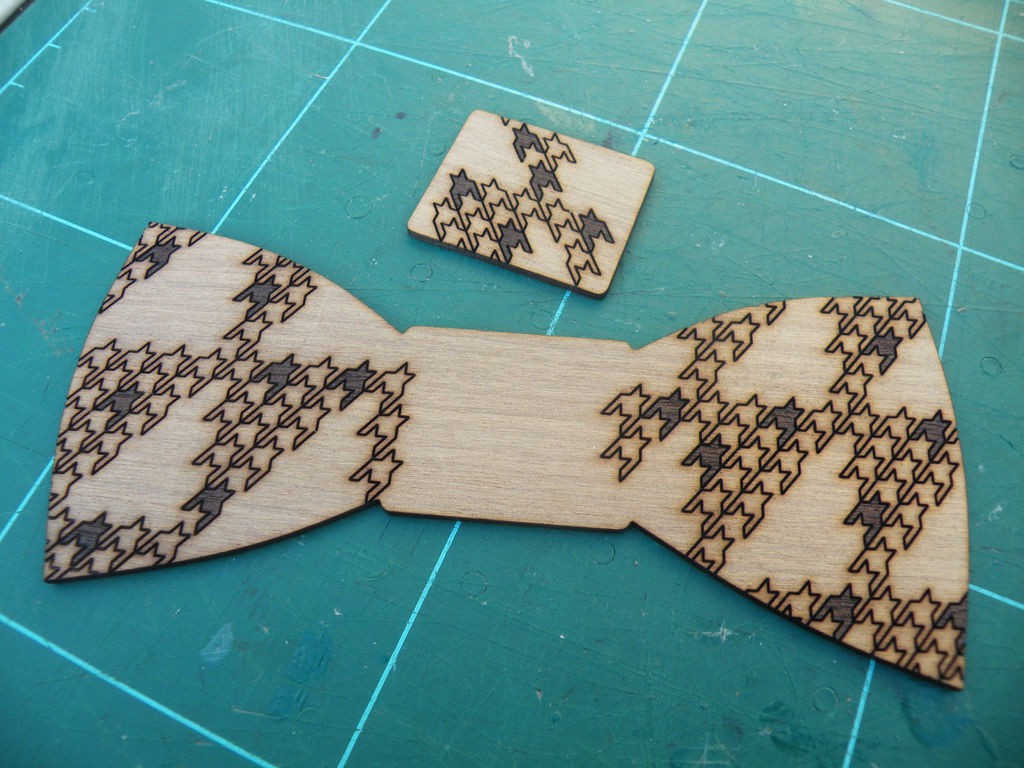
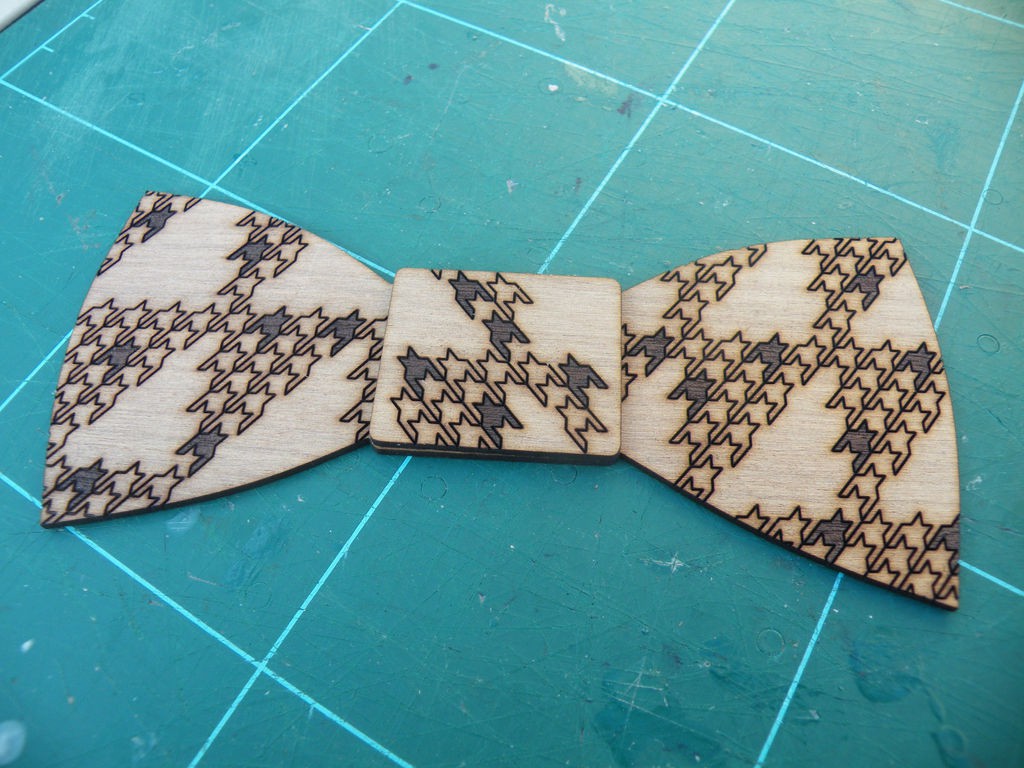
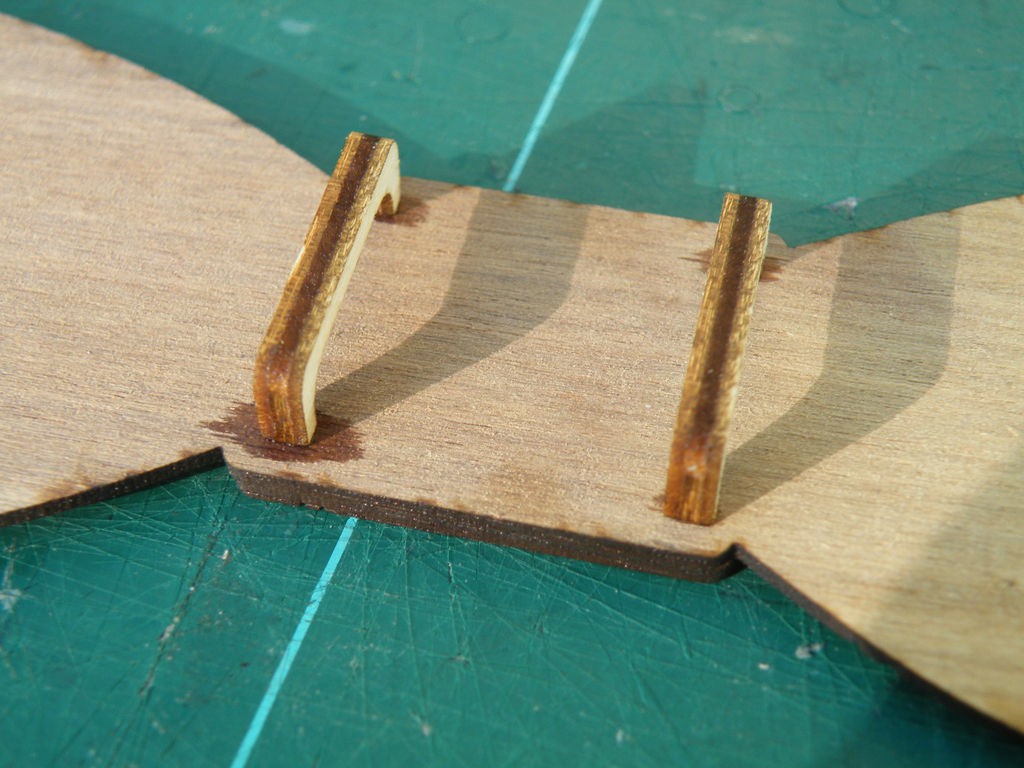
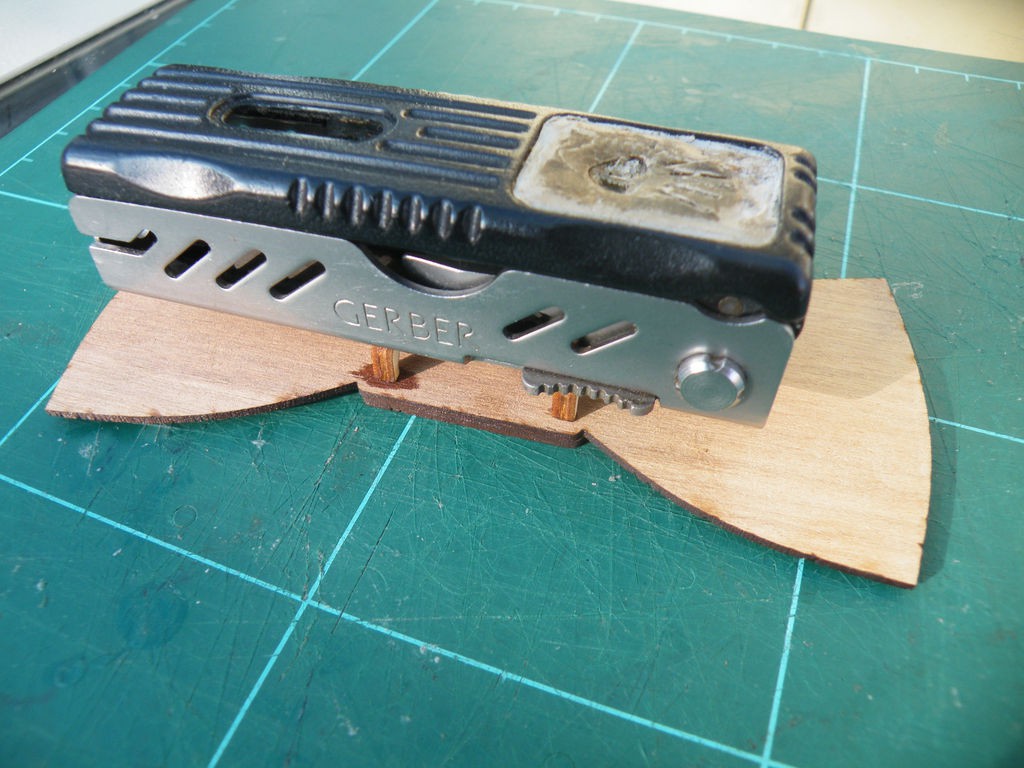
Walnut is a dense hardwood, not so porous as pine, birch or poplar (the usual woods in plywood), so be sparing with your glue.
In fact, you should even consider ditching wood-glue, and using cyanoacrylate "super" glue instead. I did.
When you glue on the fastenings, remember that you are gluing a burned surface - make sure you clean off any fine ash that may still be present. You are probably best lightly sanding down to clean wood, then wiping the surface clean.
The fastenings need a firm fixing, so add a little weight as the glue dries or cures.
Step 5: Finishing
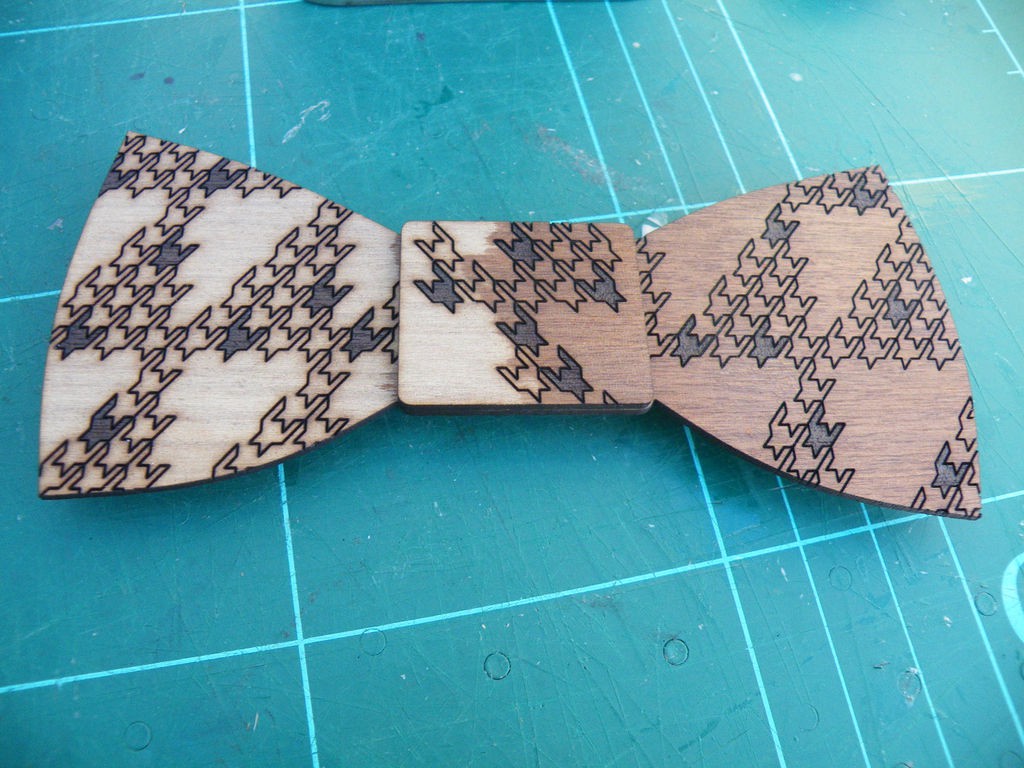
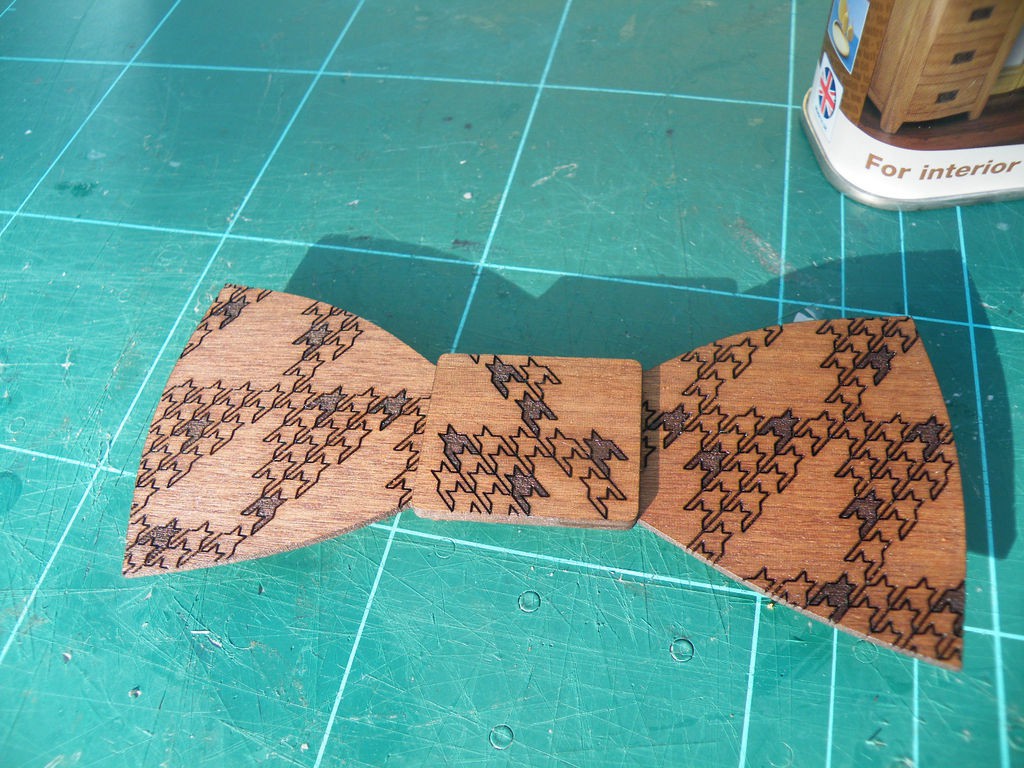
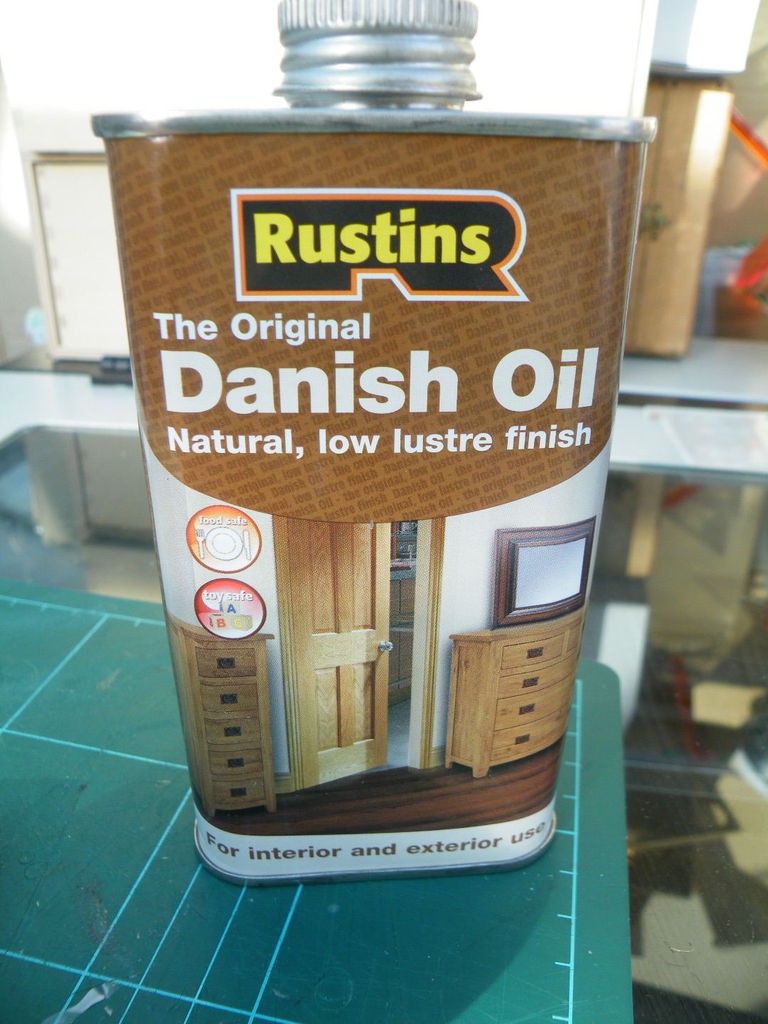

I thought that the walnut was a little dull, so I finished it with a coat of Danish Oil, which contains tung oil.
It's easy to apply, just rub it in with a lint-free cloth and wipe it off again, but be careful to let your cloth dry properly, spread out, outside, as the oil has a tendency to spontaneously combust if left screwed up in a cloth.
Step 6: The Strap
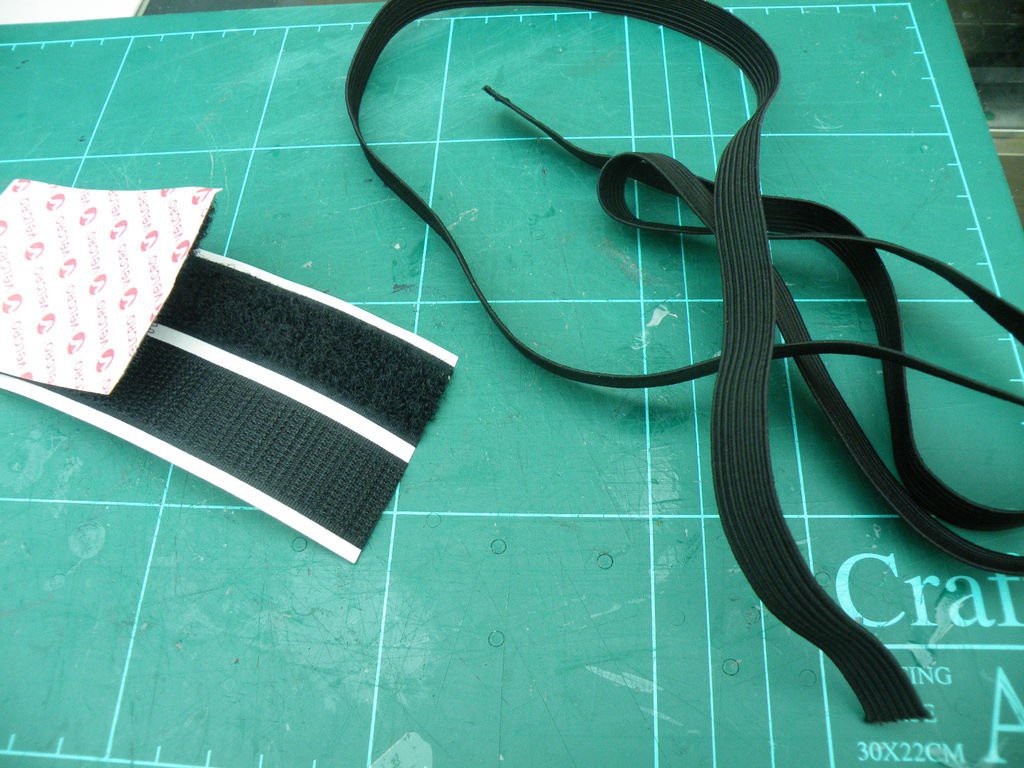
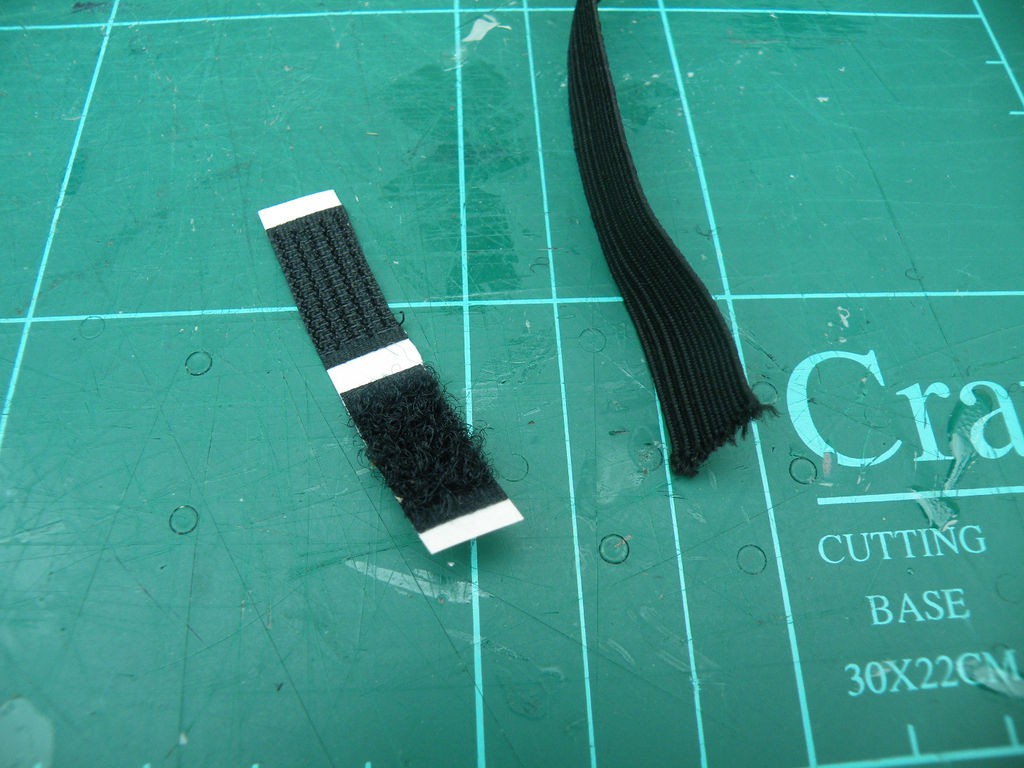
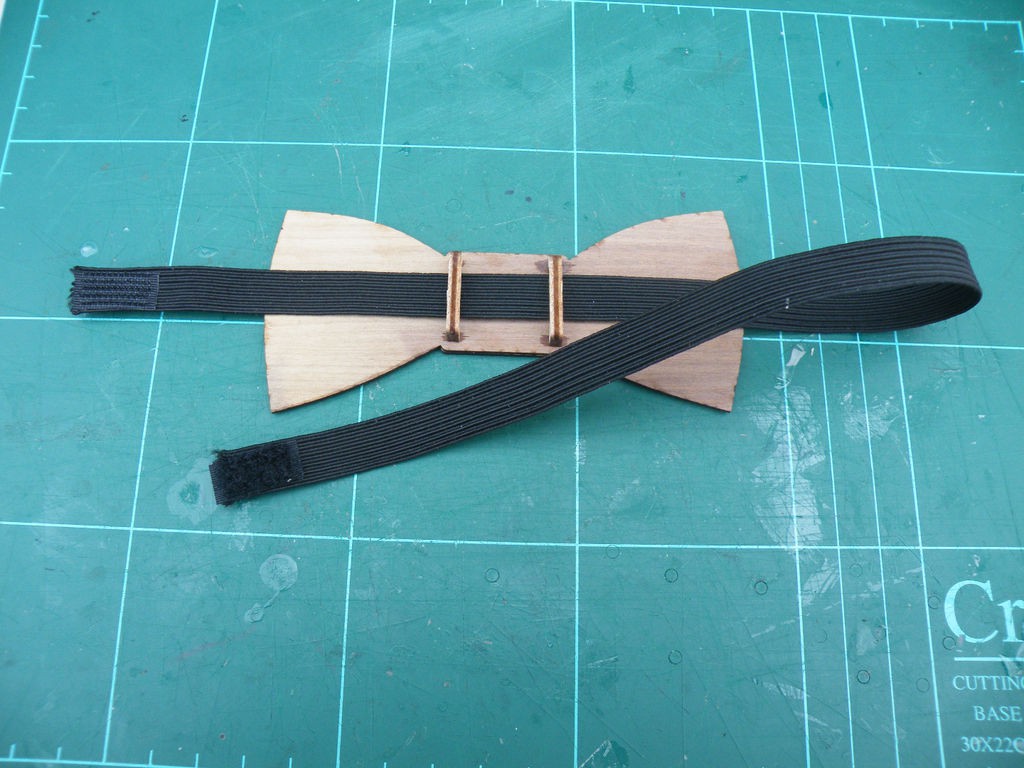
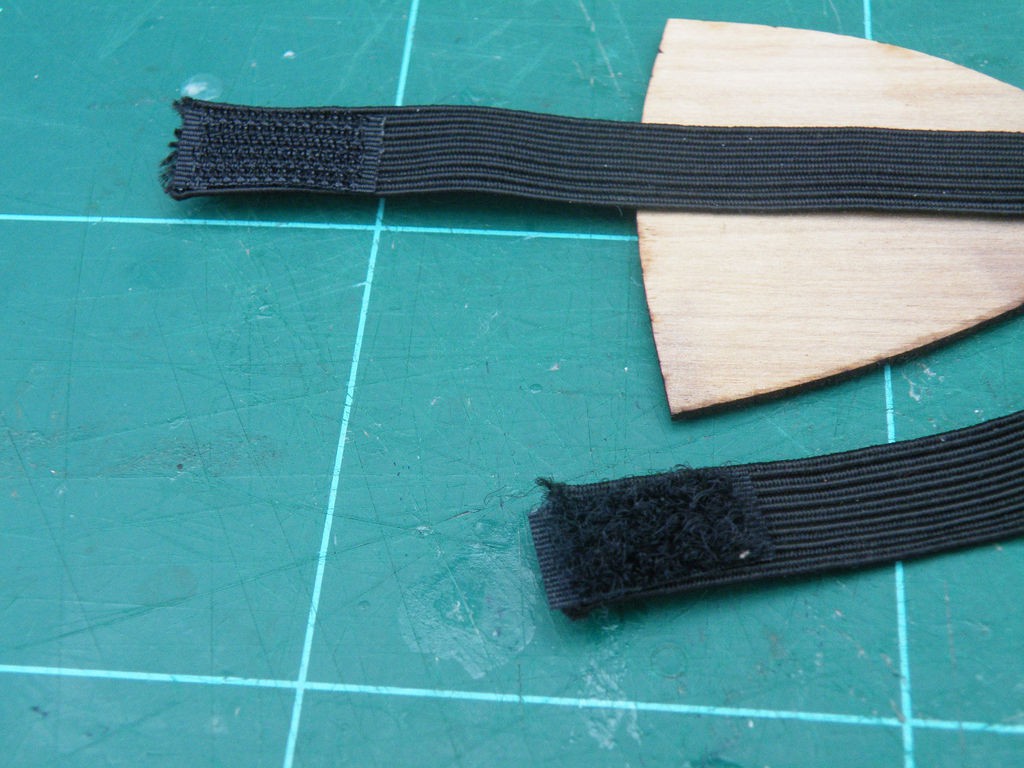
I used a piece of half-inch wide elastic from our local knitting shop, with a piece of Velcro from the same source.
Test the elastic for size (too tight and it will choke, too loose and it will look silly), remembering to allow an overlap to attach the Velcro.
Thread the elastic through the fastenings of the bow tie, then glue the Velcro onto the elastic.
Be careful to put each part of the Velcro on opposite sides of the elastic, or you will have to twist the elastic to fasten it.
Step 7: Wear With Pride!




That's it, really.
In the flesh, the walnut version looks better than the plywood, but it doesn't seem to come out well in a selfie.
I'd really like to see photos of you wearing your own laser-cut wooden bow ties, so there's a full year's pro membership for the first selfie in a bow tie, made from this instructable, with a copy of the Instructables logo held up in the photo as well (not photoshopped in later!).
 Mark Langford
Mark Langford